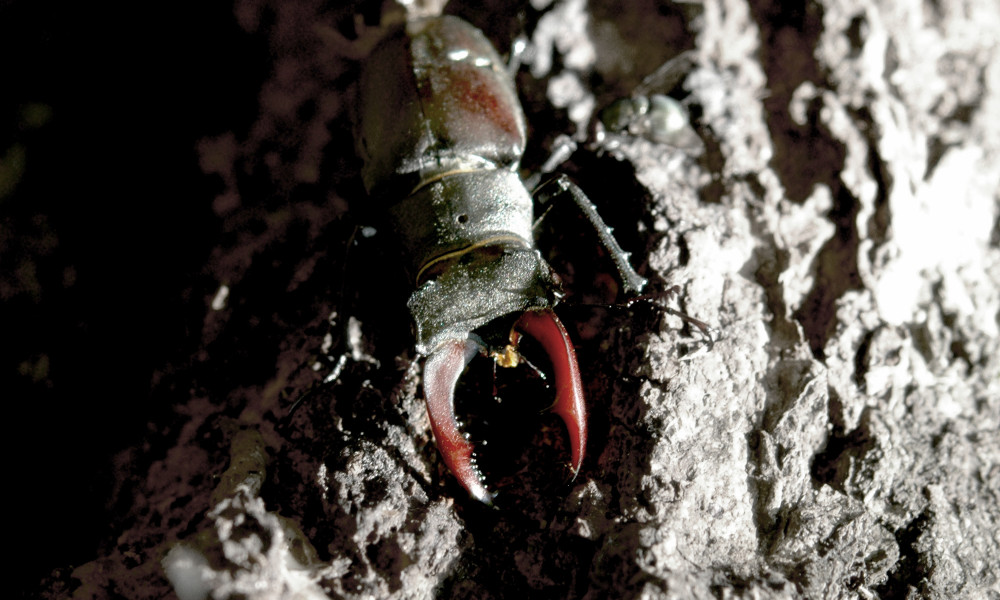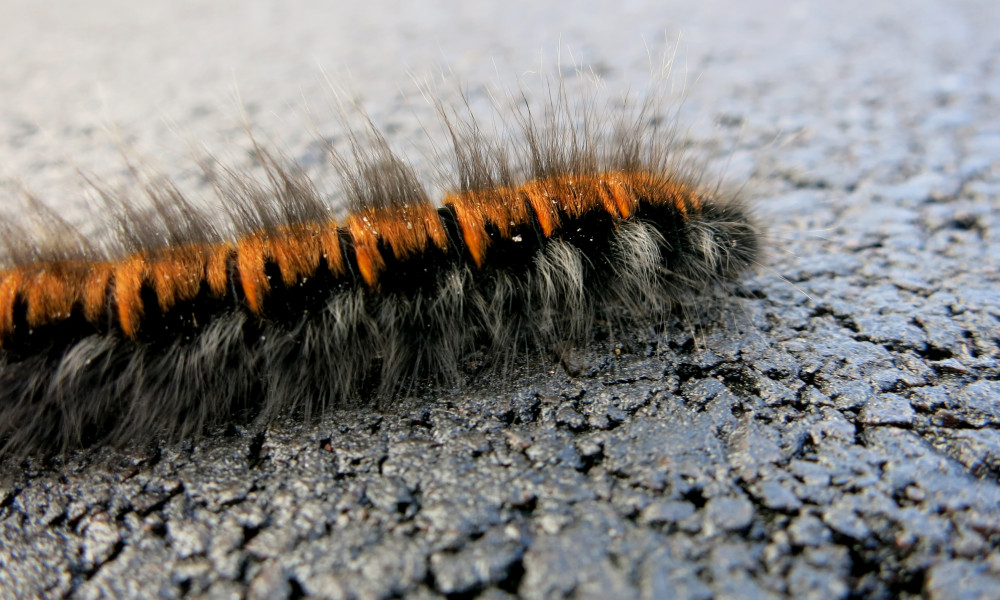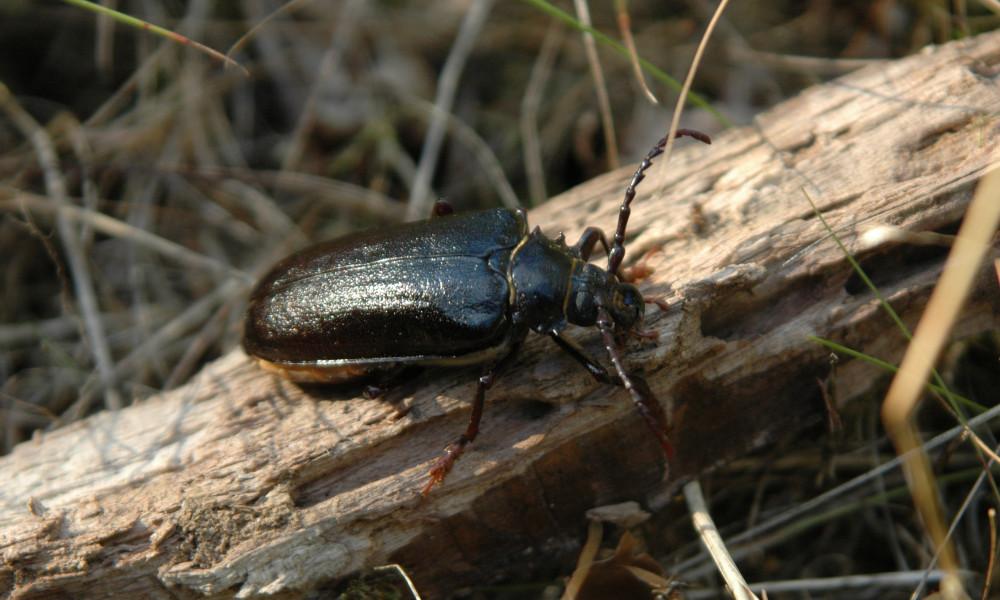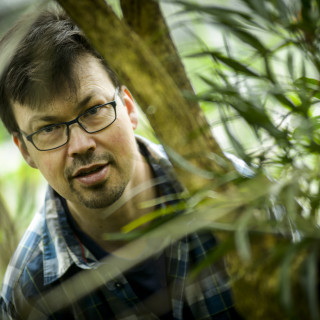Hobbies help researchers
“Citizen science” is not a new phenomenon, but modern technology has opened up great opportunities for hundreds of thousands of people around the world to help achieve advancements in research by reporting data on topics including flora and fauna, seas and medicine.
Information is gathered through websites, social media like Facebook or Twitter, games and blogs and is processed in many research projects. A lot of projects are aimed at those with an interest in nature, and something that may have been a fun hobby or a special interest for many years suddenly becomes important to help improve the environment or ensure the survival of a species. Observations of the world by members of the public help innumerable research projects to make progress, and results based on amateurs’ interest in science are even starting to appear in scientific journals.
Find out more about real projects and how you could get involved in exciting research:
Galaxy Zoo
Are you interested in astronomy? Would you like to be involved in classifying galaxies that have been photographed with a space telescope? Galaxy Zoo is a successful project that has so far produced 20 research publications with the help of amateur astronomers.
Swedish Butterfly Monitoring Scheme
Are you interested in butterflies? If you live in Sweden, you can help to solve the mystery of why some species are moving further north and why many species of Swedish butterfly are in decline.
The species observation system
Reports pour in from dedicated reporters the length and breadth of Sweden about the prevalence of different insects, whether fish are becoming larger or smaller, year-to-year variations in the arrival date of migratory birds and many more observations. Together, these form a constantly expanding database of information about Sweden’s plants, animals and fungi that is open to all. The Swedish public’s nature observations also form a concrete tool for professional conservation activities, environmental monitoring and research. Targeted conservation measures such as programmes for threatened species or follow-up of protected areas can be carried out with the help of the many nature enthusiasts. This detailed picture of Sweden’s flora and fauna would have been impossible to achieve without the online reporting system. At present, 16 000 reporters have submitted over 35 million species sightings since the year 2000, but the information collected on the site goes all the way back to the 19th century.
The cicada app
The New Forest cicada, Cicadetta Montana, is a large insect known for its peculiar ‘song’, characterised by an even, drawn-out tone that gains in strength and then ends abruptly. Because of the high frequency of the note, most people over 40 have difficulty hearing the song. In the UK, this cicada has only been found in the New Forest – an originally forested area in the south of the country – but it is now feared extinct. However, might it remain somewhere in the depths of the forest? In order to find out, everyone who walks in the New Forest can now get involved in the search by downloading an app to their phone. The app listens for the song of the cicada and can register exactly where it was heard. It is hoped that this will lead to the rediscovery of the New Forest cicada, which has not been heard in Britain for over ten years.
In Sweden, the New Forest cicada is rare and is only found in a few locations in the southern half of the country.
Text: Bodil Malmström och Pia Romare
Published: 2014






